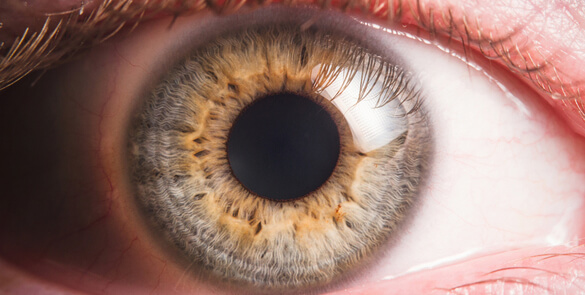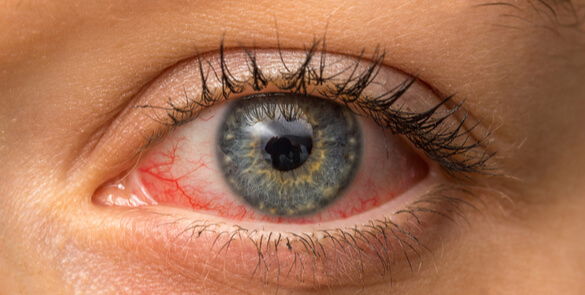MD, MRCOphth, FEBO, FRCS(Ed) Consultant Ophthalmic Surgeon Specialist in Oculoplastic Surgery Specialist in Cataract and Refractive Vision Correction Surgery Dr. Nasser has dual Fellowship training in Oculoplastic Surgery as well as Cornea, Cataract and Anterior Segment Surgery. His area of expertise is in Ophthalmic Plastic and Reconstructive Surgery which includes surgery on the eyelids, the… Continue reading Dr. Qasiem Nasser
The importance of regular eye examinations
[:en]Ask yourself three questions about the state of your eyes. Why examine the eyes? Routine eye examinations are an important part of maintaining healthy eyes and preventing potential eye diseases from developing. Some eye diseases do not cause symptoms and therefore it can be difficult for patients to realise they have a problem. What can… Continue reading The importance of regular eye examinations
Importance of regular eye checks
[:en]It is recommended that you have an eye examination once every two years unless advised otherwise by your Optometrist. An eye examination will not only detect problems with your vision, but it can also uncover a number of other underlying health problems. An eye examination is an essential health check and helps to keep you… Continue reading Importance of regular eye checks
Eye Test Dubai
[:en]It’s time to have an eyesight test, so let’s visit the eye Doctor. Some of us may have wondered what it means exactly to have an eye examination and who actually performs it. Many of us believe there is a single Specialist who does it all, examines our eyes for problems, prescribes glasses/contact lenses and… Continue reading Eye Test Dubai
Moorfields Sense of Sight art competition winners display their 3D works in UAE art galleries
Moorfields’ exhibitions challenge visitors to ‘feel the art’ to appreciate the gift of sight Moorfields has exhibited the seven winners of the UAE Sense of Sight art competition marking World Sight Day 2016. The winning artworks were displayed first as white 3D panels with just the contours of the picture challenging visitors to ‘feel’ the… Continue reading Moorfields Sense of Sight art competition winners display their 3D works in UAE art galleries
Moorfields Sense of Sight art competition winners display their 3D works in UAE art galleries
Moorfields’ exhibitions challenge visitors to ‘feel the art’ to appreciate the gift of sight Moorfields has exhibited the seven winners of the UAE Sense of Sight art competition marking World Sight Day 2016. The winning artworks were displayed first as white 3D panels with just the contours of the picture challenging visitors to ‘feel’ the… Continue reading Moorfields Sense of Sight art competition winners display their 3D works in UAE art galleries
Types of Corneal Transplants
Why do you need a corneal transplant? The cornea is a window of transparent tissue at the front of the eyeball. It allows light to pass into the eye and provides focus so that images can be seen clearly. Various diseases or injury can make the cornea either cloudy or change shape. This prevents the normal passage of light into… Continue reading Types of Corneal Transplants
Eye Redness
Understanding red eye – the symptoms, causes, and red eye treatment What is red eye? A bloodshot ‘red eye’ may be worrying but is rarely serious or causes pain. Symptoms often disappear within a few days, without treatment. But if it does not improve within a few days, there may be a more serious problem.… Continue reading Eye Redness

